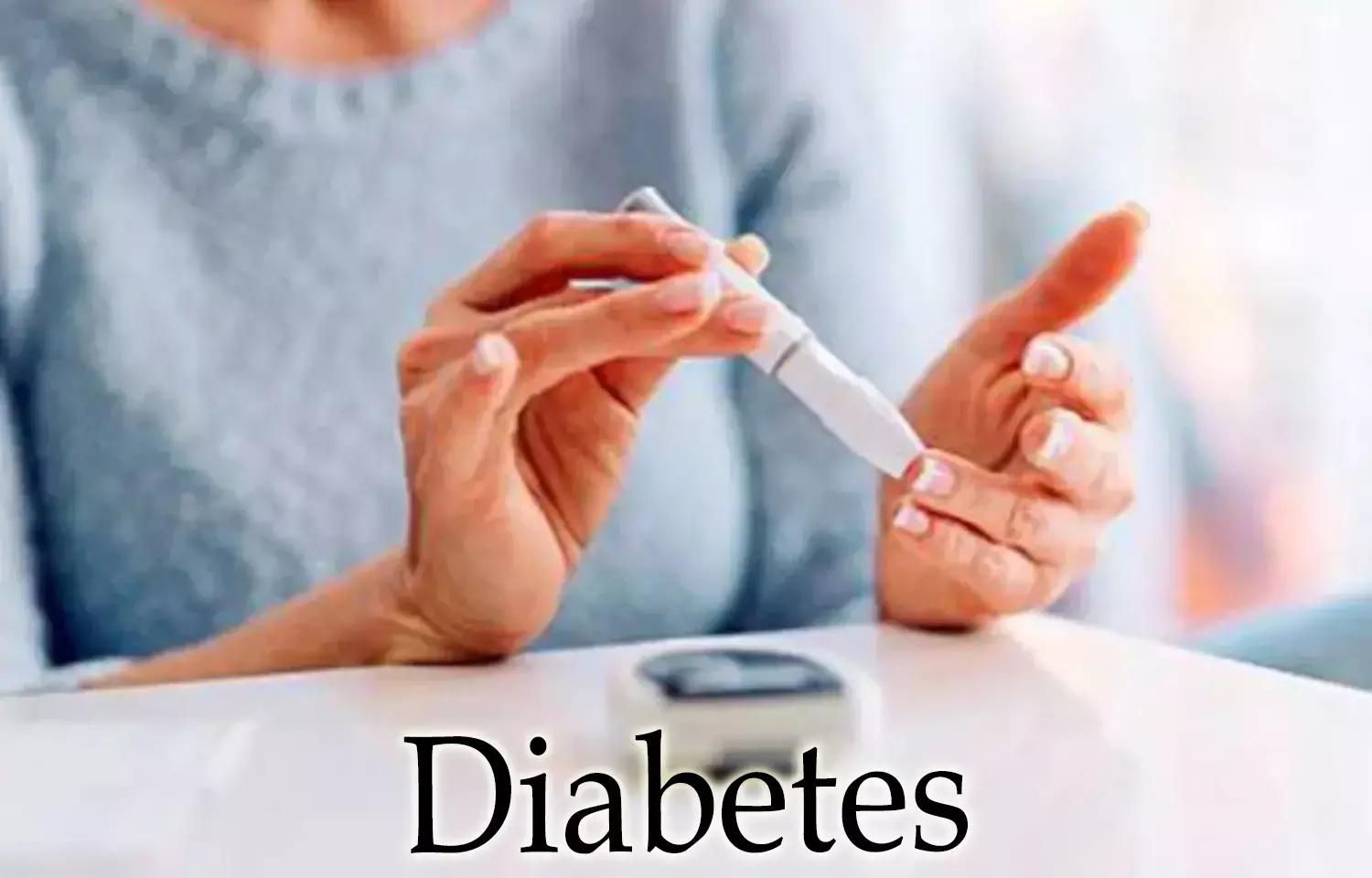Diabetes Associated CVD Disease And Risk Management: ADA 2020
- byDoctor News Daily Team
- 20 July, 2025
- 0 Comments
- 0 Mins

USA: The American Diabetes Association (ADA) has released "Standards of Medical Care in Diabetes." It includes the ADA's current clinical practice recommendations and is intended to provide the components of diabetes care, general treatment goals and guidelines, and tools to evaluate quality of care.
The guideline, published in the journal Diabetes Care, focuses on cardiovascular disease and risk management.
Screening and Diagnosis
Recommendations
Blood pressure should be measured at every routine clinical visit. Patients found to have elevated blood pressure (≥140/90 mmHg) should have blood pressure confirmed using multiple readings, including measurements on a separate day, to diagnose hypertension.
All hypertensive patients with diabetes should monitor their blood pressure at home.
Treatment Goals
Recommendations
For patients with diabetes and hypertension, blood pressure targets should be individualized through a shared decision-making process that addresses cardiovascular risk, potential adverse effects of antihypertensive medications, and patient preferences.
For individuals with diabetes and hypertension at higher cardiovascular risk (existing atherosclerotic cardiovascular disease [ASCVD] or 10-year ASCVD risk ≥15%), a blood pressure target of <130/80 mmHg may be appropriate, if it can be safely attained.
For individuals with diabetes and hypertension at lower risk for cardiovascular disease (10-year atherosclerotic cardiovascular disease risk <15%), treat to a blood pressure target of <140/90 mmHg.
In pregnant patients with diabetes and preexisting hypertension, a blood pressure target of 110–135/85 mmHg is suggested in the interest of reducing the risk for accelerated maternal hypertension and minimizing impaired fetal growth.
Treatment Strategies
Lifestyle Intervention
Recommendation
· For patients with blood pressure >120/80 mmHg, lifestyle intervention consists of weight loss when indicated, a Dietary Approaches to Stop Hypertension (DASH)-style eating pattern including reducing sodium and increasing potassium intake, moderation of alcohol intake, and increased physical activity.
Pharmacologic Intereventions
Recommendations
Patients with confirmed office-based blood pressure ≥140/90 mmHg should, in addition to lifestyle therapy, have prompt initiation and timely titration of pharmacologic therapy to achieve blood pressure goals.
Patients with confirmed office-based blood pressure ≥160/100 mmHg should, in addition to lifestyle therapy, have prompt initiation and timely titration of two drugs or a single-pill combination of drugs demonstrated to reduce cardiovascular events in patients with diabetes.
Treatment for hypertension should include drug classes demonstrated to reduce cardiovascular events in patients with diabetes. A ACE inhibitors or angiotensin receptor blockers are recommended first-line therapy for hypertension in people with diabetes and coronary artery disease.
Multiple-drug therapy is generally required to achieve blood pressure targets. However, combinations of ACE inhibitors and angiotensin receptor blockers and combinations of ACE inhibitors or angiotensin receptor blockers with direct renin inhibitors should not be used.
An ACE inhibitor or angiotensin receptor blocker, at the maximum tolerated dose indicated for blood pressure treatment, is the recommended first-line treatment for hypertension in patients with diabetes and urinary albumin-to-creatinine ratio ≥300 mg/g creatinine or 30–299 mg/g creatinine. If one class is not tolerated, the other should be substituted.
For patients treated with an ACE inhibitor, angiotensin receptor blocker, or diuretic, serum creatinine/estimated glomerular filtration rate and serum potassium levels should be monitored at least annually.
Disclaimer: This website is designed for healthcare professionals and serves solely for informational purposes.
The content provided should not be interpreted as medical advice, diagnosis, treatment recommendations, prescriptions, or endorsements of specific medical practices. It is not a replacement for professional medical consultation or the expertise of a licensed healthcare provider.
Given the ever-evolving nature of medical science, we strive to keep our information accurate and up to date. However, we do not guarantee the completeness or accuracy of the content.
If you come across any inconsistencies, please reach out to us at
admin@doctornewsdaily.com.
We do not support or endorse medical opinions, treatments, or recommendations that contradict the advice of qualified healthcare professionals.
By using this website, you agree to our
Terms of Use,
Privacy Policy, and
Advertisement Policy.
For further details, please review our
Full Disclaimer.
Tags:
Recent News
PG AYUSH: DME Gujarat notifies schedule for Round...
- 28 October, 2025
Delhi Doctor accused under PCPNDT Act gets court r...
- 28 October, 2025
TCT 2025: ShortCUT Trial Compares Cutting Balloon...
- 28 October, 2025
Daily Newsletter
Get all the top stories from Blogs to keep track.


0 Comments
Post a comment
No comments yet. Be the first to comment!